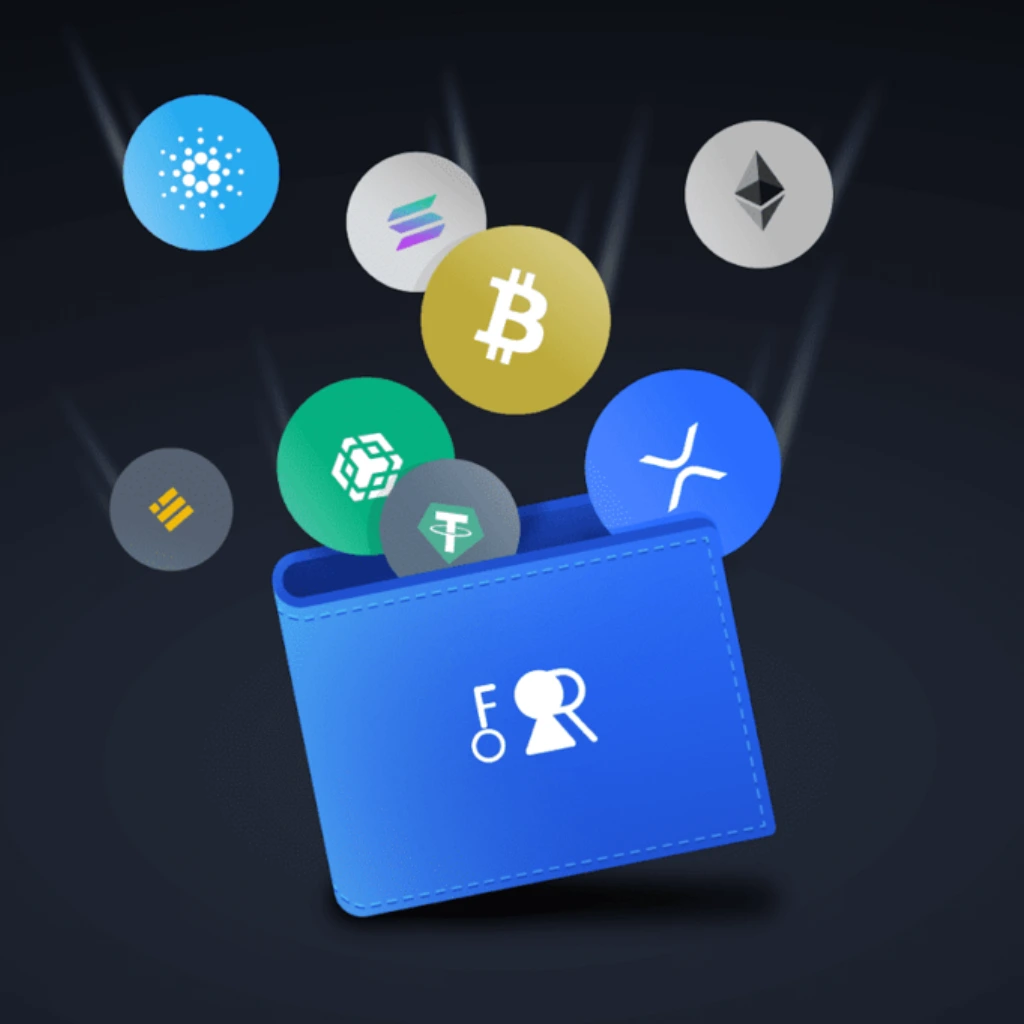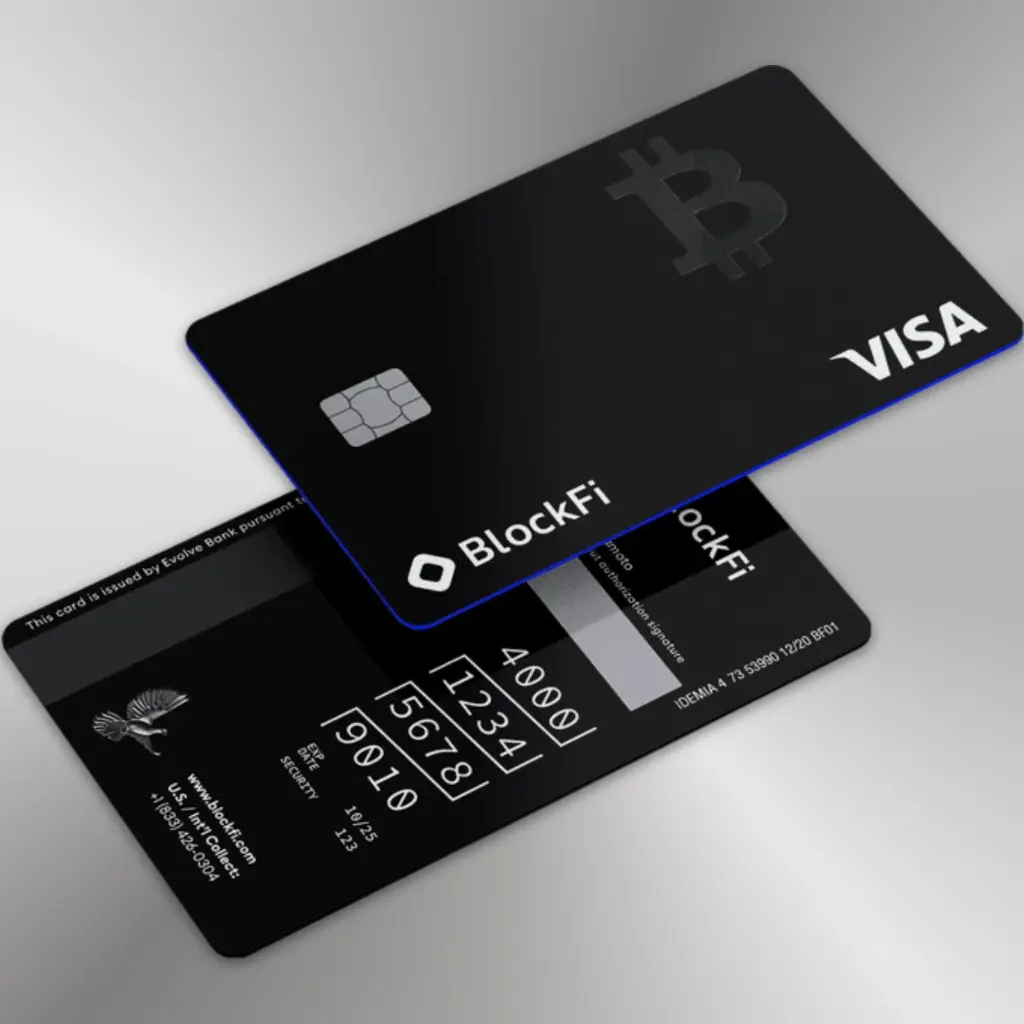Can You Really Use a Crypto Wallet for Payments? Let’s Break It Down
Crypto used to be just for traders and techies—but not anymore. These days, crypto wallet payment options are popping up in real life, from tipping creators to buying actual stuff online (and yes, even at some physical stores). So naturally, the question’s coming up more often: Can you actually use a crypto wallet for direct payments?
The idea of using your digital assets for everyday purchases might sound futuristic—or even a bit risky—but crypto wallet payment methods are slowly becoming part of the real-world economy. Whether you’re sending Bitcoin for a freelance gig or using stablecoins to pay for a subscription, it’s more possible than ever.
Still, it’s not always smooth sailing. So let’s unpack what it means to use your crypto wallet for payments, how it works, where it works—and where it kinda doesn’t.
What Is a Crypto Wallet Payment, Anyway?

Let’s get the basics out of the way. A crypto wallet payment happens when you send cryptocurrency—like Bitcoin, USDT, or Solana—directly from your wallet to someone else’s, usually in exchange for a product or service. Simple enough in theory.
Now, crypto wallets come in two flavors: custodial (like the kind offered by Coinbase or Binance) and non-custodial (where you control the keys—think MetaMask or Ledger). Both can handle payments, but the user experience differs wildly.
Some wallets even have built-in payment features or integrations with QR codes, making point-of-sale transactions feel (almost) normal. Almost.
Where Can You Actually Pay with a Crypto Wallet?

Here’s where things get a little… uneven. In some parts of the world (El Salvador, anyone?), crypto is accepted like cash. In most places? Not so much. That said, a growing number of online shops, subscription services, and even a few brick-and-mortar stores are giving it a shot.
Some major payment processors—BitPay, Coinbase Commerce, and NOWPayments, to name a few—bridge the gap between crypto wallets and traditional businesses. They convert your crypto into fiat (dollars, euros, etc.) behind the scenes. So technically, yes, it’s a crypto wallet payment—but with a few middlemen.
Still, it’s kinda cool to think you could buy a pizza with Ethereum. Even if it cost $35 in gas fees. (We’ll get to that.)
The Pros of Using Your Crypto Wallet for Payments

Let’s talk upsides first:
- Speed: Crypto payments can be fast, especially on newer blockchains like Solana or Polygon.
- Borderless: You can send payments across the world in minutes—no banks, no nonsense.
- Privacy: Depending on the coin and network, it can be relatively anonymous.
- No Bank Involvement: For the crypto-savvy, this is a feature, not a bug.
And hey, if you’re sitting on crypto gains and want to spend without converting to fiat first—using your wallet directly just makes sense.
But Let’s Be Honest: There Are Some Hiccups

Not everything is sunshine and decentralization. Crypto wallet payment adoption still faces a bunch of roadblocks:
- Volatility: The price of Bitcoin can swing 5% in an hour. Not ideal when you’re buying tacos.
- Fees: Some networks (hi, Ethereum) have gas fees that can make a $10 payment cost $20.
- Complexity: QR codes, wallet addresses, wrong chains—mistakes can cost you real money.
- Limited Acceptance: Most retailers still don’t touch crypto. Not yet, anyway.
And let’s not forget regulations. Depending on where you live, using crypto for payments might involve tax headaches or even legal grey zones.
Crypto Wallet Payment in the Real World: Hype or the Future?

So—can you really walk into a store and tap your crypto wallet to pay? Sometimes yes. Increasingly so. But not everywhere, not all the time. Right now, we’re in the messy middle: the tech is ready, some early adopters are on board, but mass adoption is still a work in progress.
That said, the direction is clear. More wallets are adding user-friendly features, stablecoins are smoothing out the volatility, and payment gateways are popping up faster than ever. Even Visa and Mastercard are dabbling in crypto payment infrastructure.
Maybe it’s not fully mainstream today. But give it a year or five, and crypto wallet payment could feel just as normal as Apple Pay or Venmo—maybe even cooler.
Final Thoughts: Is It Worth Trying?

If you’re into crypto and curious about real-world use, trying out a crypto wallet payment can be eye-opening. It’s not always smooth, sure—but it gives a glimpse of what financial freedom could look like. No middlemen. No banks. Just peer-to-peer value exchange.
Just be smart—double-check addresses, understand fees, and maybe don’t try it on your rent payment just yet. But for coffee? A digital art print? A flight to Lisbon? Why not.
Because at the end of the day, crypto wasn’t just made to sit in a wallet. It was made to move.
Relevent news: Here





